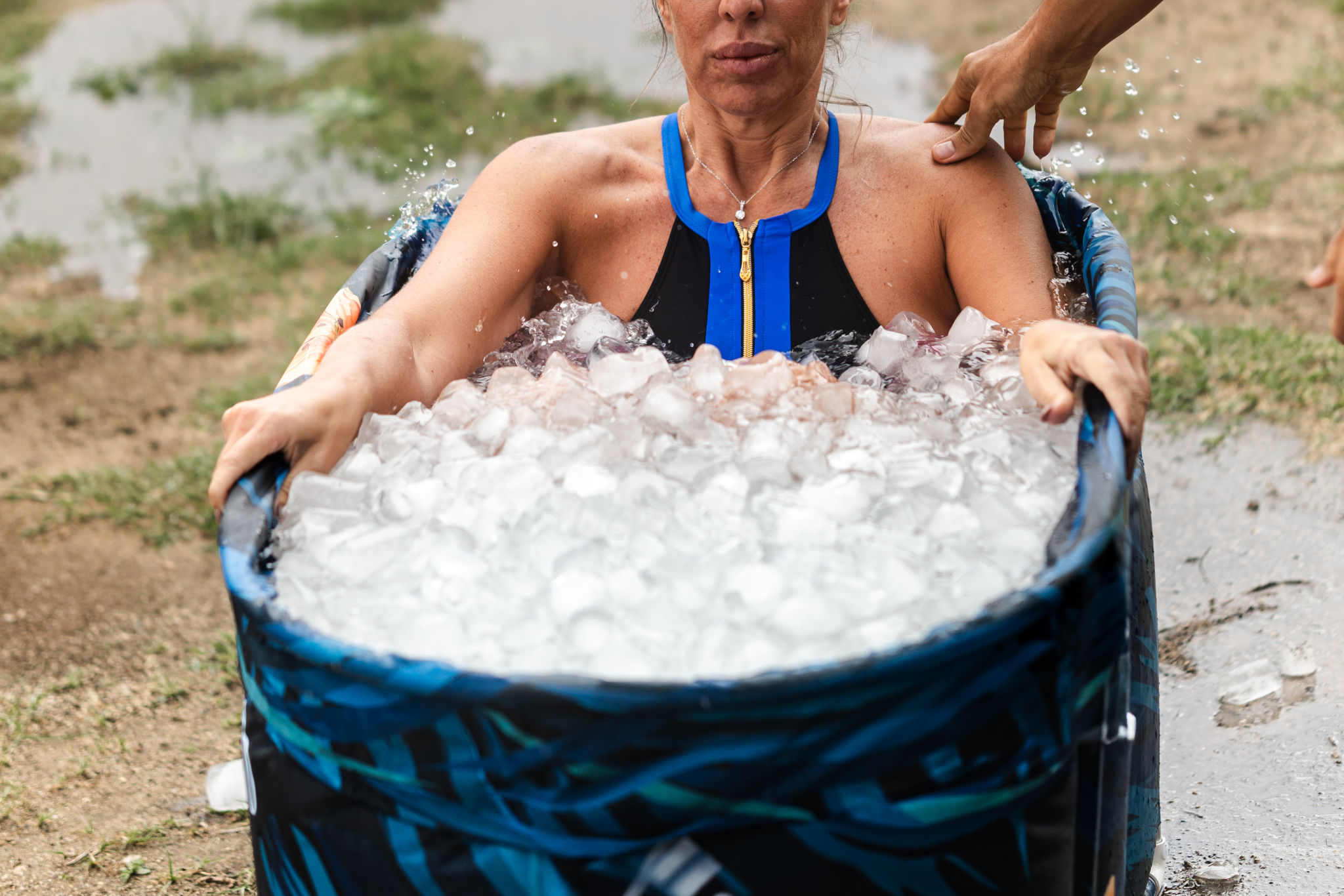A Step-by-Step Guide to Eco-Friendly Laundry Practices
Why Choose Eco-Friendly Laundry Practices?
In today's world, being conscious of our environmental impact is more important than ever. One area where we can make a significant difference is in our laundry practices. Traditional laundry methods often use a lot of water, energy, and harsh chemicals that can be detrimental to the environment. By switching to eco-friendly laundry practices, you can reduce your carbon footprint and contribute to a healthier planet.
Adopting sustainable laundry habits not only helps the environment but can also be kinder to your clothes and save you money in the long run. Let's explore some simple steps you can take to green your laundry routine.

Choose the Right Detergent
The detergent you use plays a critical role in your laundry's environmental impact. Many conventional detergents contain phosphates and synthetic fragrances that can harm aquatic life. Instead, opt for biodegradable detergents that are free from harmful chemicals. Look for labels that say "non-toxic," "phosphate-free," or "biodegradable" to ensure you're making an environmentally friendly choice.
Another great option is to make your own laundry detergent at home using natural ingredients like baking soda and castile soap. This not only reduces packaging waste but also gives you control over what goes into your laundry products.
Wash with Cold Water
One of the simplest changes you can make is washing your clothes in cold water. Approximately 90% of the energy used by washing machines goes toward heating water. By switching to cold water, you can significantly reduce your energy consumption and lower your utility bills. Most modern detergents are designed to work effectively in cold water, so your clothes will still come out clean and fresh.

Full Loads and Efficient Machines
When doing laundry, always aim to wash full loads rather than partial ones. This maximizes the efficiency of your machine and conserves both water and energy. If you're in the market for a new washing machine, consider investing in an energy-efficient model with a high Energy Star rating. These machines use less water and electricity than standard models, further reducing their environmental impact.
Additionally, front-loading machines are generally more efficient than top-loaders, using less water per cycle. This makes them a better choice for eco-conscious consumers.
Line Dry Whenever Possible
Dryers are one of the biggest energy consumers in a household. To cut down on energy use, try line drying your clothes whenever possible. Not only does this save electricity, but it also helps prolong the life of your garments by reducing wear and tear.

If line drying isn't an option, consider using dryer balls made from wool or rubber to reduce drying time. These balls help separate clothes as they tumble, allowing air to circulate more freely and speeding up the drying process.
Reduce Microfiber Pollution
Synthetic fabrics like polyester shed tiny plastic fibers during washing, which can end up in oceans and harm marine life. To combat this, consider using a microfiber filter or a washing bag designed to trap these fibers. Alternatively, choose natural fabrics like cotton or linen when purchasing new clothes, as they shed fewer microfibers.
By incorporating these eco-friendly practices into your laundry routine, you can make a meaningful contribution to environmental conservation. Start small, and gradually implement these steps to create a more sustainable home.